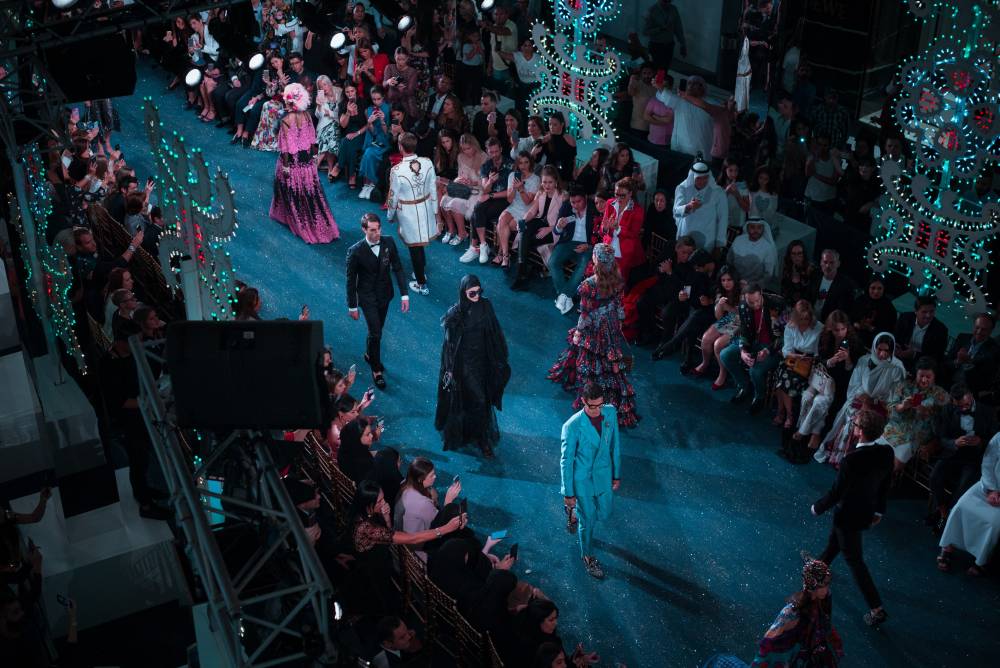
If you are decluttering your closet or moving out to a new place, you may wonder what to do with pieces of clothing you don't wear anymore. Donating, selling, recycling or upcycling are great options.
Upcycling clothes is one of the best ways to discard them without harming the environment. It has many environmental benefits such as less waste, lower pollution, water, and energy savings.
The overproduction and overconsumption of cheaply made clothing cause a lot of harm to the planet, people, and animals living on it. The textile and apparel industry is one of the largest polluters globally.
It's responsible for huge amounts of waste, pollution, and carbon emissions. The way we consume and discard clothes today has catastrophic consequences.
The fashion industry accounts for more than 8% of all greenhouse gas emissions globally each year. If the trend continues, that number will increase by 50% by 2030.
The amount of used textile waste created annually in the United States has doubled over the last 20 years. The average American throws away 70 pounds of clothing every year. 16.9 million tons of used textiles were discarded in 2018.
We have to take massive action and get rid of used clothing responsibly. We can buy fewer clothes and higher quality, take better care of the garments we already own, reuse, repair, repurpose, recycle, and upcycle used clothing.
More conscious consumers and key players in the fashion industry are getting interested in upcycling clothes. It's a great way to be more sustainable with our wardrobe.
Let's take a closer look at why upcycling clothing is important for the environment.

Panaprium is independent and reader supported. If you buy something through our link, we may earn a commission. If you can, please support us on a monthly basis. It takes less than a minute to set up, and you will be making a big impact every single month. Thank you!
What are upcycled clothes
Upcycled clothes are new pieces of clothing made by cutting and sewing used garments and other textiles. They extend the life of old items in our wardrobe as they are being used for longer.
Some upcycled clothes are even biodegradable or recyclable when they become too old. They are an outstanding way to minimize the impact of fashion on the environment.
Upcycling is an environmentally friendly practice part of the ethical and sustainable fashion movement. The green movement is booming, even in the textile and apparel industry.
More consumers now care about how their clothes are being made. The quality, durability, and sustainability of products are becoming important criteria for more people when shopping for clothes, along with price, style, and accessibility.
Upcycling uses old items to make something new and worthwhile. It repurposes unwanted clothes into new garments with more value. A lot of people can upcycle used items at home without extra machinery.
Learn more about the definition of upcycling in fashion by reading my article on what upcycling clothing means.
Upcycling clothing means slicing and stitching old clothes and other textiles to create new clothing of greater worth that is extraordinary and unique.
Instead of throwing used clothing away, upcycling uses parts of or the entire old garment to make a new and valuable fashion item without breaking it down completely.
Upcycling is often confused with recycling or downcycling. Although they may sound similar and protect the environment, they are quite different.
Downcycling creates something of lesser value from old items. Used textiles and old clothes are often downcycled or shredded into materials for yarn, insulation, carpet padding, and other uses.
Recycling transforms waste into new materials. Waste is broken down before creating new items. It's more commonly practiced by fashion consumers. But it's more expensive, use more resources, water, and energy than upcycling. And many garments can't be recycled at all.
Read up my article on why upcycling clothing is better than recycling for a comparison of their benefits for the environment.

Upcycling impact on the environment
Upcycling clothing has a huge positive impact on the environment. It requires a lot less water and energy than recycling. It decreases textile waste, pollution, and greenhouse gas emissions.
Overall, the practice of upcycling clothes lowers the demand for new clothing production, which is extremely wasteful and destructive for the planet.
Upcycling is often used for old clothes that cannot be recycled. People used to upcycle clothes quite often before the industrial revolution. Just a few decades ago, upcycling was a great way to preserve old textiles.
Fashion used to be slow and local before the rise of fast fashion over the last 20 years. We produce close to 10 times more waste each year than in 1960.
Fast fashion made us considered clothing as a disposable commodity. It encourages a throwaway culture and instant gratification. Upcycling clothes is an excellent solution that benefits the planet as a whole.
As it consumes less energy, it also cut down greenhouse gas emissions in the process. Creating new clothing out of old items by cutting and sewing is much more manageable than breaking them down entirely.
Upcycling clothing reduces the amount of textile waste ending up in landfills. It makes something more valuable out of used textiles and old clothes when their use would have ended otherwise.
By adding value to waste materials and reducing the demand for new clothing, upcycling saves large amounts of resources and stops more waste accumulation.
Conventional garment manufacturing has a terrible environmental impact. It creates a large amount of pollution from raw material farming with pesticides and fertilizers, particularly for regular cotton.
Most textiles used in the fashion industry requires washing, bleaching, dyeing, and treatment. These manufacturing processes are chemical-intensive and highly toxic. Hazardous substances pollute the air, soil, and water when released untreated into the nearby environment.

For a sustainable future, upcycle clothes instead of buying new ones. It's fun and convenient to shop for new items in high-street stores or online. But upcycling is enjoyable as well.
It creates something truly valuable and unique from old garments in the back of our closet. Whenever possible, repair, reuse, repurpose, and upcycle.
Used clothing and other textile wastes are piling up in landfills at an alarming rate. It isn't responsible to throw away unwanted in the trash. It's very harmful to the environment and ecosystems.
There are also other ways to discard old clothes and protect the planet at the same time. We can organize a swap party with friends and family or a yard sale. We can also sell used clothing online, drop it off at a local resale shop, or donate to charity.
Check out my article on what to do with clothes you don't want for more ways to get rid of unwanted clothes responsibly.
Was this article helpful to you? Please tell us what you liked or didn't like in the comments below.
About the Author: Alex Assoune
What We're Up Against
Multinational corporations overproducing cheap products in the poorest countries.
Huge factories with sweatshop-like conditions underpaying workers.
Media conglomerates promoting unethical, unsustainable products.
Bad actors encouraging overconsumption through oblivious behavior.
- - - -
Thankfully, we've got our supporters, including you.
Panaprium is funded by readers like you who want to join us in our mission to make the world entirely sustainable.
If you can, please support us on a monthly basis. It takes less than a minute to set up, and you will be making a big impact every single month. Thank you.

















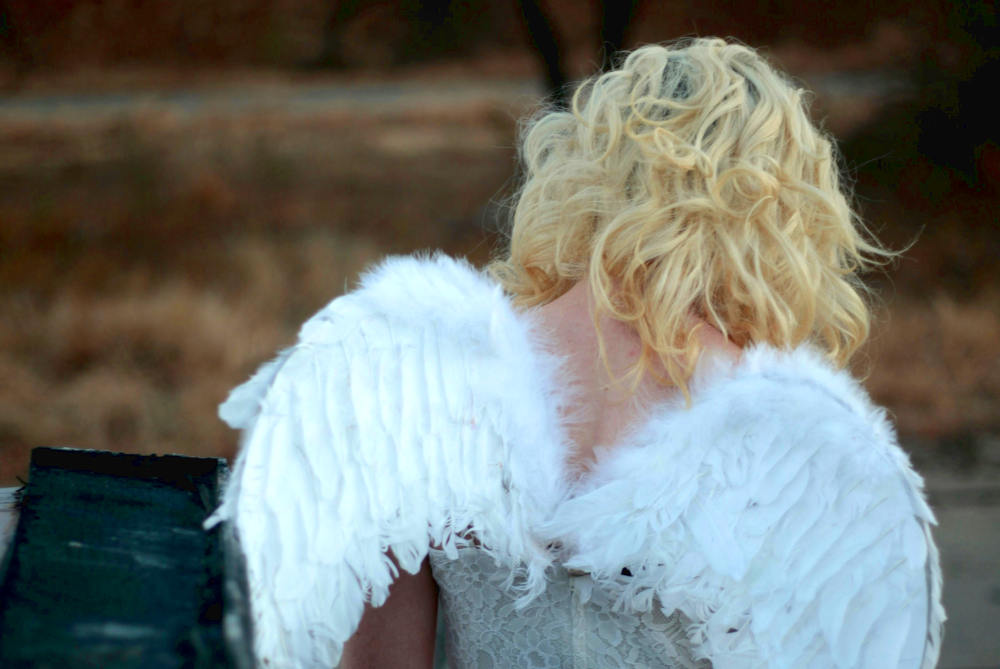
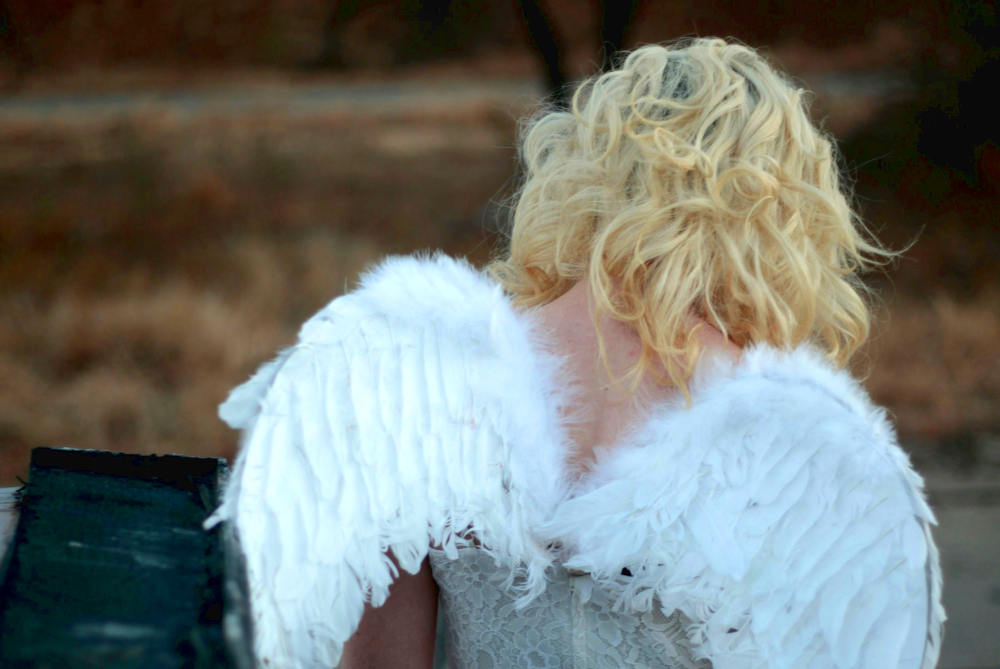
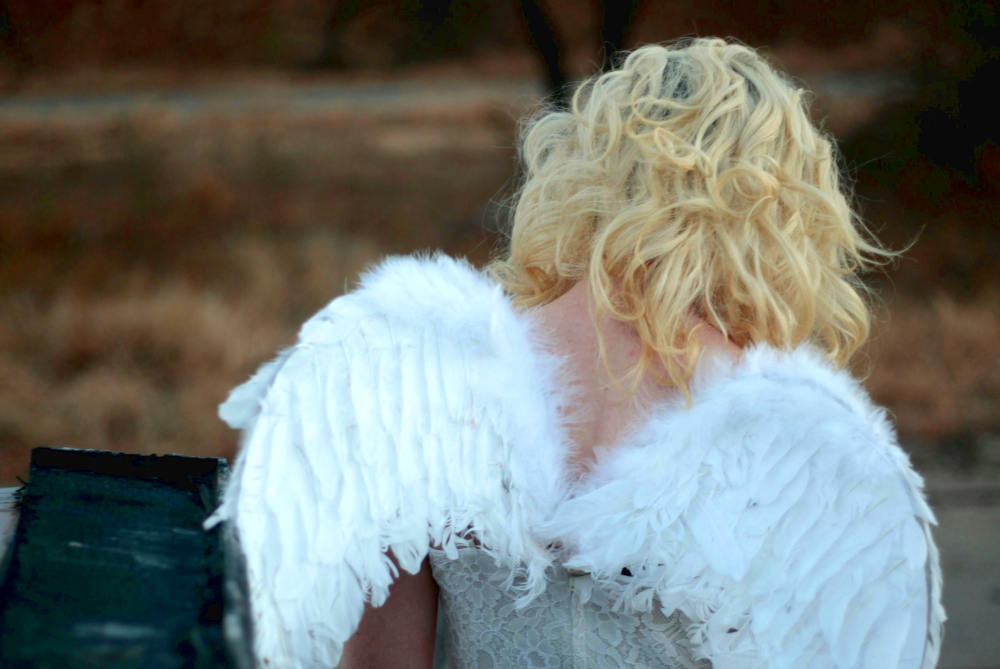
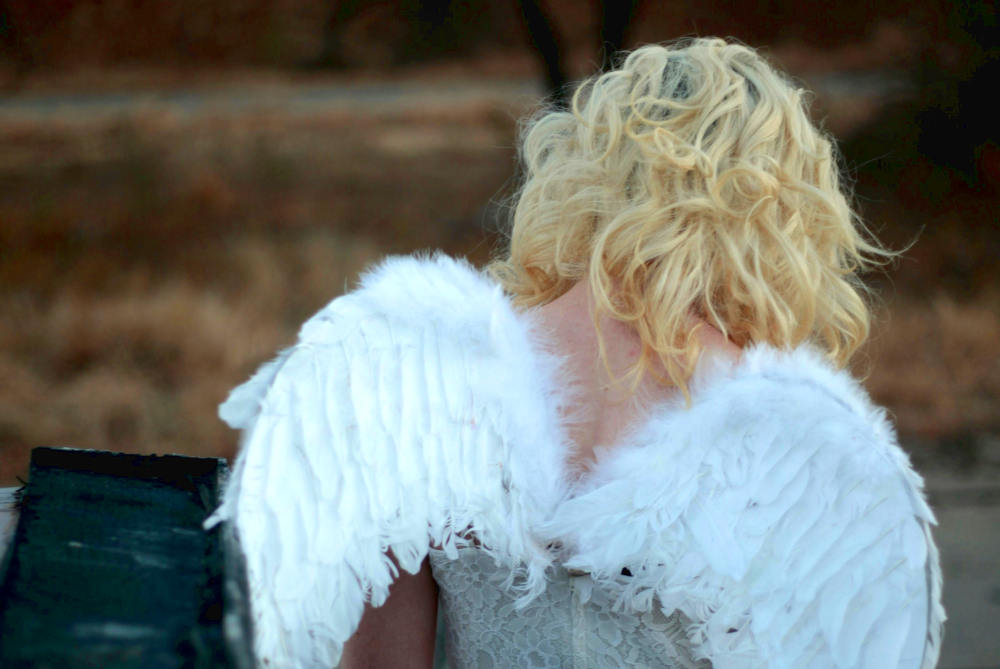










0 comments